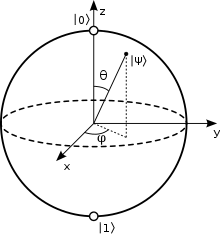I am new to quantum gates but do not understand the connection between the $RX$ and $X$ gates. I know that
$$R X(\theta)=\exp \left(-i \frac{\theta}{2} X\right)=\left(\begin{array}{cc} \cos \frac{\theta}{2} & -i \sin \frac{\theta}{2} \\ -i \sin \frac{\theta}{2} & \cos \frac{\theta}{2} \end{array}\right)$$
Meanwhile the $X$ gate is given by
$$X = \left(\begin{array}{cc} 0 & 1 \\ 1 & 0 \end{array}\right)$$
Is there a value of $\theta$ such that the two are the same? I see that choosing $\theta = \pi/2$ gives the result upto an overall factor of $-i$. Is that it or is there a deeper connection between the two gates? Is there a similar connection between the $Y$ and $RY$ gates and the $Z$ and $RZ$ gates such that the rotated gates are more general than the $X, Y$ and $Z$ gates?
